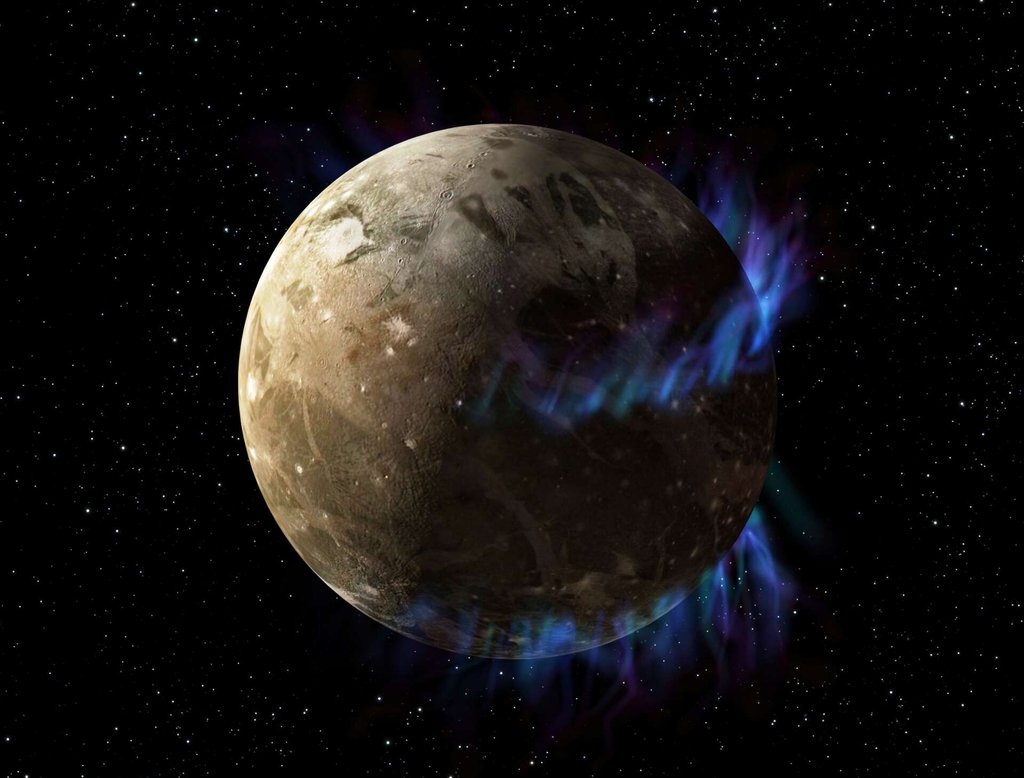If people someday create colonies on Jupiter’s four big moons, the inhabitants will be able to enjoy looking up. In addition to the view of Jupiter hanging in the sky from the side of each moon that faces the planet, as well as views of every other moon, tiny and large, there will be a stunning aurora. Interestingly, scientists have discovered this using one of the largest telescopes on Earth.
 Jupiter’s Beautiful Aurora
Jupiter’s Beautiful Aurora
Jupiter’s impressive aurora is well known. Despite the diminution of the solar wind and its position, it appears to have a particular impact on the thermal balance of the big planet. Despite the low atmospheres and absence of magnetic fields, the ultraviolet components of the moon’s aurora have previously been examined. Recently, the research has been extended to the visible spectrum, and our knowledge of the atmospheres of these worlds has been expanded.
Spectrographs on the other large telescopes and the High-Resolution Echelle Spectrometer at the Keck Observatory were used to gather data for two studies published in an online science journal. On three of the moons, optical aurora has never before been studied.
 When the moons are in daylight, it’s impossible to detect these auroras. Yet, the Earth is too close to the sun to observe their far sides. Instead, the team observed the moons during Jupiter’s eclipse. Caltech’s Dr. Katherine de Kleer issued a statement that these measurements are difficult since the moons are practically undetectable in the shadow of Jupiter. The light emitted by their tiny aurora is the only indication that the telescope is aimed in the appropriate direction.
When the moons are in daylight, it’s impossible to detect these auroras. Yet, the Earth is too close to the sun to observe their far sides. Instead, the team observed the moons during Jupiter’s eclipse. Caltech’s Dr. Katherine de Kleer issued a statement that these measurements are difficult since the moons are practically undetectable in the shadow of Jupiter. The light emitted by their tiny aurora is the only indication that the telescope is aimed in the appropriate direction.
Yellow-Orange Glow, Mixed With Green & Red
Io is where things get interesting. Being the moon that’s closest to the heart of the magnetic field, it has an atmosphere constantly refreshed by volcanic plumes spanning hundreds of miles high. The result is a yellow-orange glow, similar to sodium-based streetlights, with traces of green and red from oxygen.
 The auroras change based on each moon’s connection to Jupiter’s tilted magnetic field and its shadow at any given time. Professor Carl Schmidt of Boston University states that after 15 minutes of entering Jupiter’s shadow, Io’s sodium becomes very feeble, and it takes many hours for it to recover once it emerges into sunlight. The oxygen component is far more stable, and because Io’s orbit is so short, it dominates most of the time.
The auroras change based on each moon’s connection to Jupiter’s tilted magnetic field and its shadow at any given time. Professor Carl Schmidt of Boston University states that after 15 minutes of entering Jupiter’s shadow, Io’s sodium becomes very feeble, and it takes many hours for it to recover once it emerges into sunlight. The oxygen component is far more stable, and because Io’s orbit is so short, it dominates most of the time.